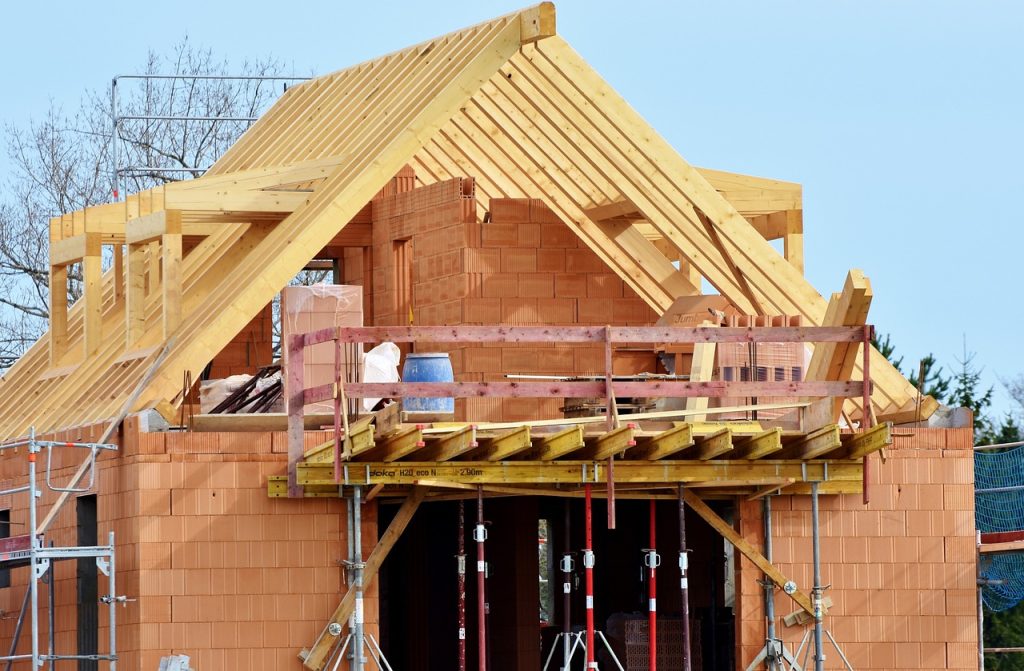When constructing a home, flooring plays a pivotal role. It’s not just about choosing what looks good but also about understanding what will endure the wear and tear of daily life.
The right flooring adds to the value of the home, while also contributing to the safety and comfort of the occupants. Key factors in choosing flooring include:
Define your needs and wants: List down what you absolutely need in your home, as well as additional features you desire if the budget allows.
Research costs: Look into the average costs of materials and labor in your area. This information will give you a baseline understanding of how much your project might cost.
Hire professionals: Bringing on an architect and a contractor early in the planning phase can help you refine your ideas and establish a construction plan that aligns with your budget.
Hardwood flooring is one of the most timeless and popular flooring options available. Known for its beauty and durability, hardwood adds a classic look to any home. Hardwood is commonly made from oak, maple, or cherry, each offering its own unique grain and color.

Hardwood flooring is installed by nailing, stapling, or gluing it to a subfloor. Maintaining hardwood involves regular sweeping and occasional polishing. Avoid using excessive water when cleaning as this can damage the wood.
Laminate flooring is a cost-effective alternative to hardwood that replicates the look and feel of natural wood or stone. Made of synthetic materials with a printed image layer, it offers the appearance of hardwood, tile, or stone without the high cost.
Vinyl flooring has become increasingly popular due to advancements in technology that allow for more realistic textures and visuals, mimicking hardwood or stone. Vinyl is durable, water-resistant, and can be more forgiving underfoot.
Tile flooring is ideal for areas prone to moisture, like kitchens, bathrooms, and laundry rooms. Available in ceramic, porcelain, and natural stone varieties, tile offers nearly limitless design options.
Carpet flooring is a popular choice for bedrooms and living rooms due to its softness, warmth, and sound insulation properties. Carpets are available in various materials, including wool, nylon, and polyester.
Living Room & Bedrooms: Hardwood, carpet, and laminate are popular choices, with carpet being the coziest option for bedrooms.
Kitchens & Bathrooms: Tile and vinyl are ideal due to their water resistance. Vinyl is often preferred for a softer, more comfortable option.
Basement: Vinyl and concrete floors are excellent in basements, as they resist moisture and are less likely to be damaged by potential flooding.
Use Mats and Rugs: Placing mats at entryways and rugs in high-traffic areas helps protect floors from dirt, dust, and wear.
Regular Cleaning: Sweep, vacuum, or mop your floors regularly, depending on the type. Use cleaners specifically formulated for each material.
Manage Spills Promptly: Clean spills quickly to prevent staining, especially on hardwood, carpet, and laminate flooring.
Flooring is a critical aspect of home construction that goes beyond aesthetics to affect comfort, safety, and durability. Choosing the right flooring requires balancing style, functionality, and budget. From classic hardwood to modern vinyl and eco-friendly bamboo, homeowners today have more options than ever to personalize their space.
Careful consideration of the type of flooring for each room, along with proper maintenance, will ensure that your floors remain beautiful and functional for years to come. Whether renovating or building new, thoughtful flooring choices are an investment in the future of your home’s beauty and value.
